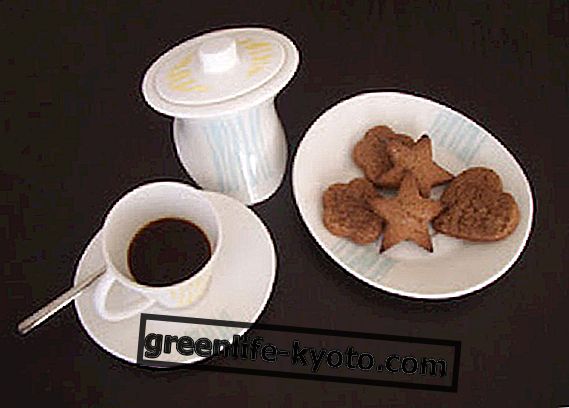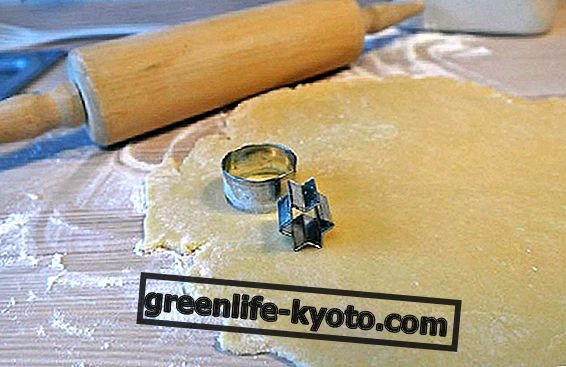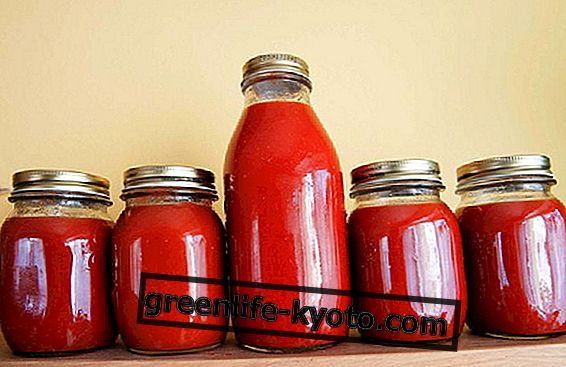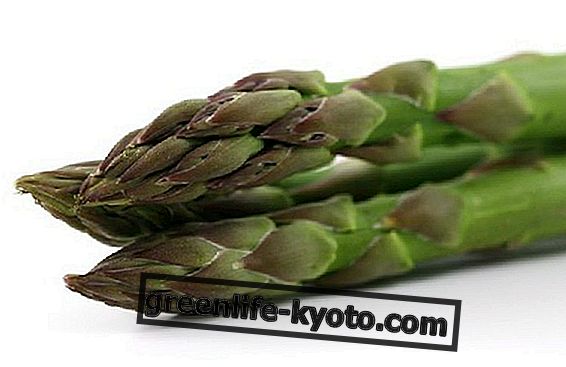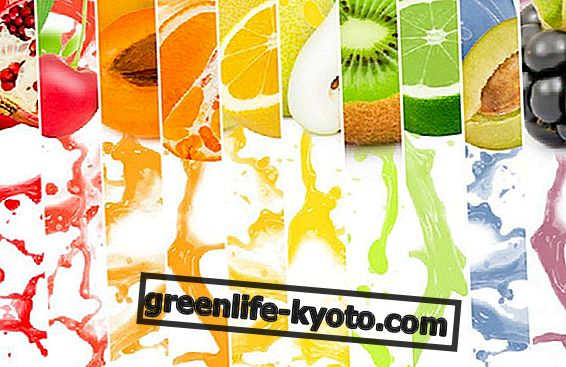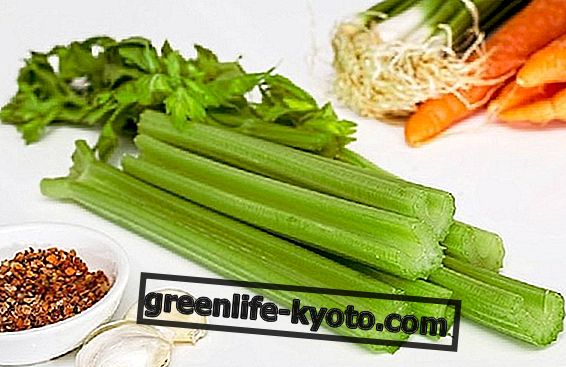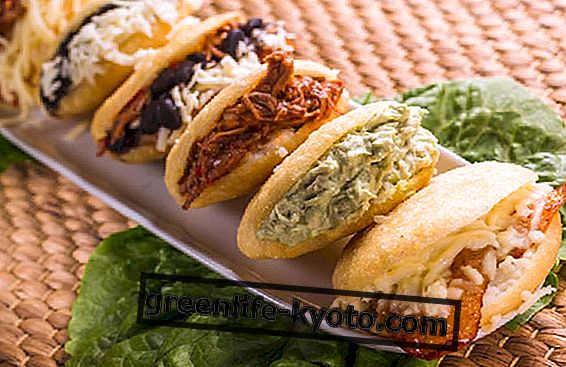
What are arepas
The arepas, translated into Italian as maize loaves or corn muffins, are a typical and traditional food, known in many Latin American countries and especially in Colombia and Venezuela, from where they originate.
This dough, made mainly from white corn flour, is used to make small round cakes, similar in shape and size to the Romagna tigelle, but much lighter and more digestible; for this reason they are suitable and can be recommended as valid alternatives to bread for those who are intolerant, celiac or follow a gluten-free diet.
Normally in South America the arepas are consumed for breakfast, but not only, with an infinite number of different fillings, which make them perfect for every moment of the day. Here's the recipe.
Arepas recipe
Ingredients for 4 people
> 500 g of white corn flour (available in well-stocked shopping centers, online or in ethnic shops);
> 500 ml of water;
> 1 teaspoon of whole sea salt;
> 1 teaspoon of butter or alternatively corn seed oil for vegan arepas.
Preparation
Heat the water on the fire and, when it is warm, place it in a bowl. Add the salt and pour slowly, stirring with a whisk, the flour to rain.
When the dough is formed, add the teaspoon of butter at room temperature and knead again with your hands for a few minutes.
Form round balls the size of an egg and leave to rest for a few minutes.
Crush the balls with the help of a kitchen board or a wooden board, they must be about 1 centimeter thick .
Heat a non-stick pan on the stove and cook the arepas on a low heat, a few minutes on each side, until they turn golden.
Once cooked in this way, the arepas are then placed in the oven for another 10 minutes at 165 ° C, with or without filling.
Venezuela and its cuisine
Once the double cooking is done, the arepas are then filled in various ways : melted cheese, frayed chicken meat, vegetables; they are also eaten as they are or cold with salami, avocado, salads, shrimp, tuna and more.
The arepas remain soft for a day, locked in a bread bag or an airtight container. Once cooled it is also possible to freeze them.
They are less typical, but can also be prepared with yellow corn flour ; some more elaborate recipes also include the addition of eggs and lard .
Venezuelan cuisine is rich and tasty : in addition to arepas, we find several other breads, such as cachapa or cachito, based on various cereals.
In addition, the influence of Caribbean cuisine brings special preparation techniques for fish, especially shellfish, molluscs, trout and shark meat.
Do not miss the pabellon, a complete dish based on rice, beans and plane tree (inevitable on the Venezuelan table!) And the various roast and parilladas of meat.

